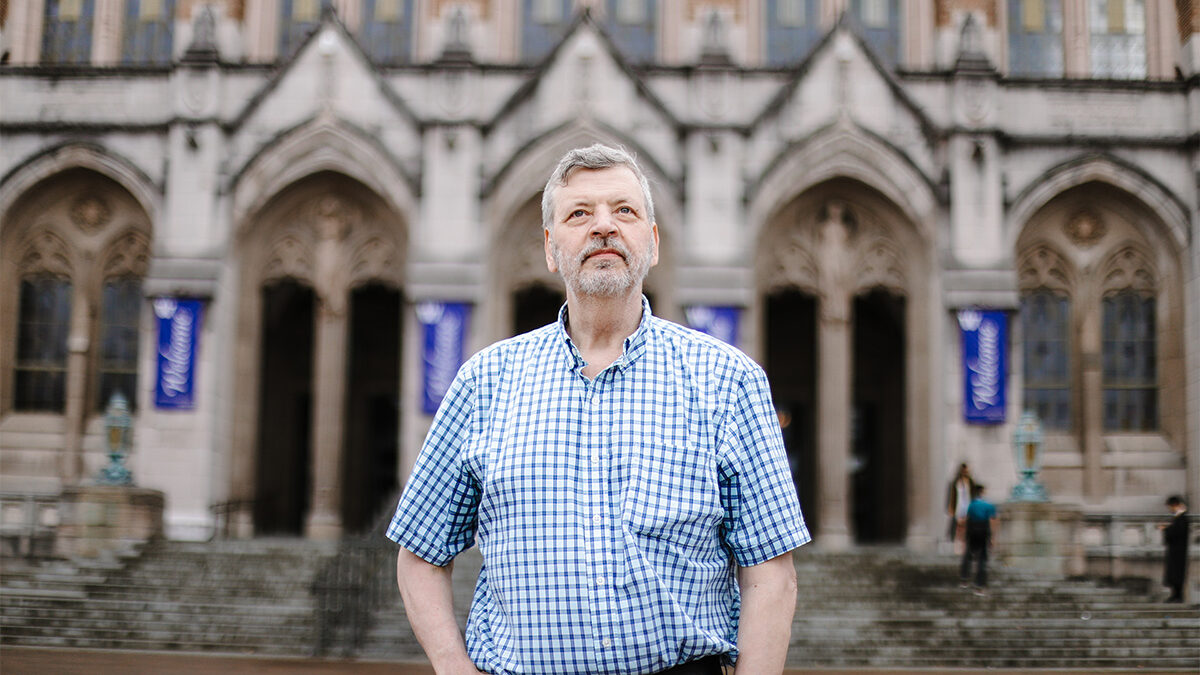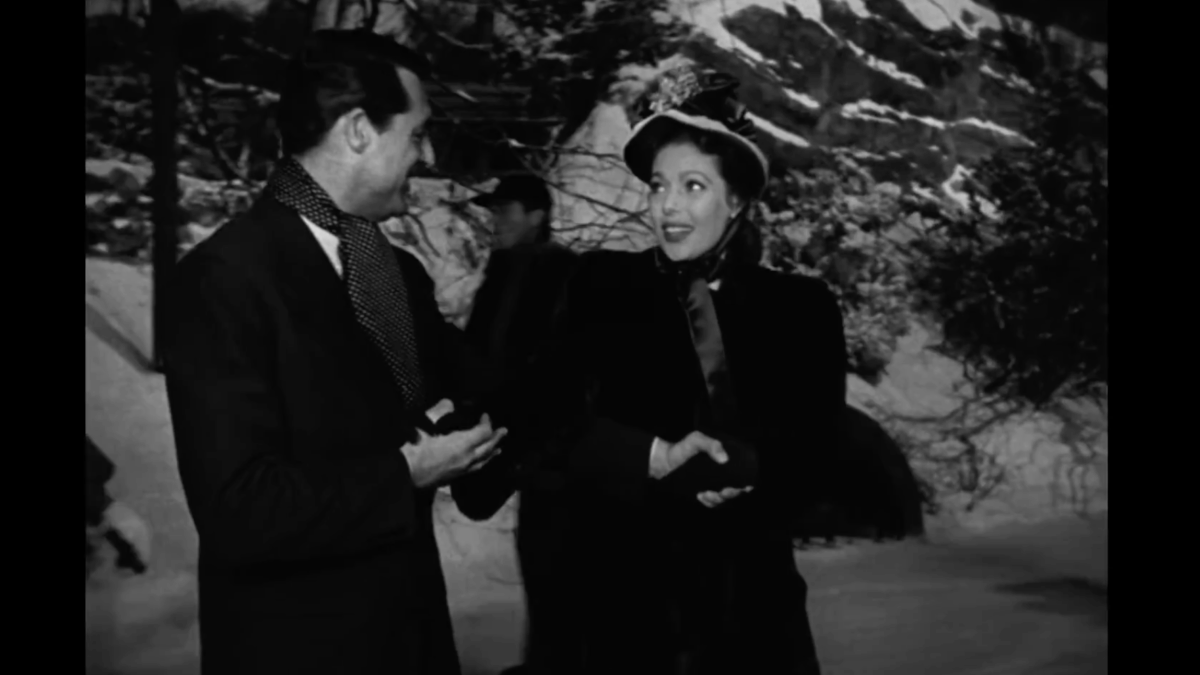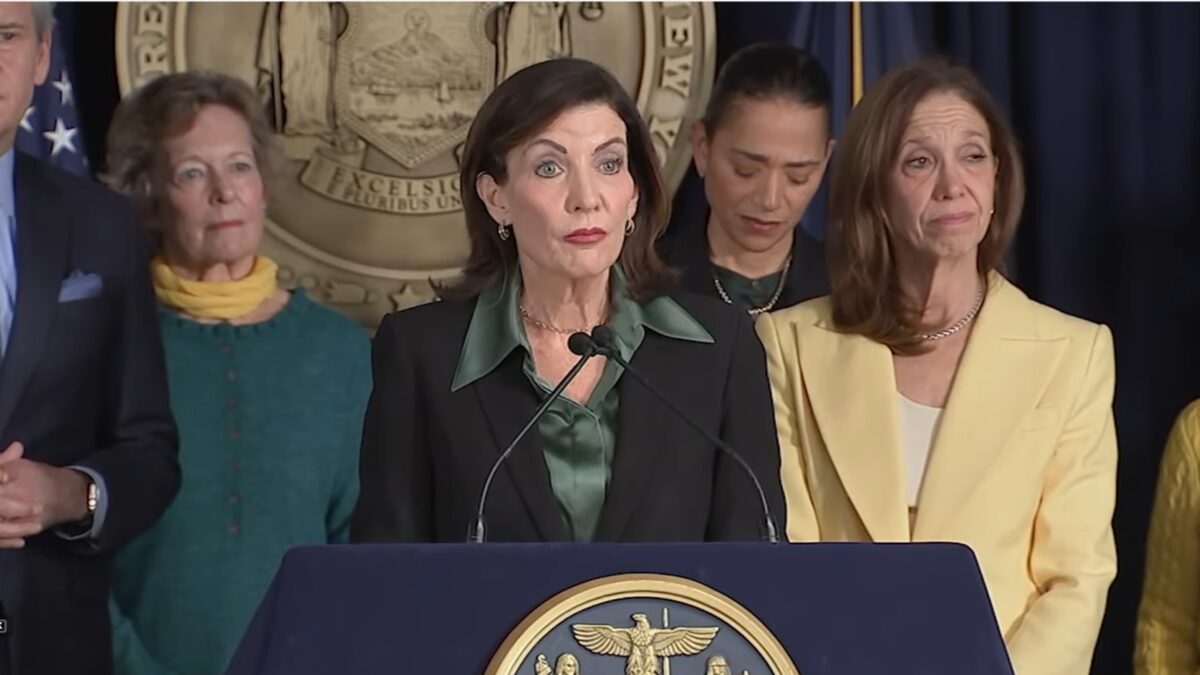
“I know you girls are grown up enough for this,” the handout read. No laughing and no “put-downs” allowed.
I sat with a dozen or so other parents in the cold conference room of our city’s empty trade school, following along in the binder the school district had put together for Parent Awareness Night. The topic: HIV and puberty education for fifth graders.
It wasn’t a laughing matter for the parents attending, either. My relative sat next to me, her opt-out form already filled out and ready to turn in as soon as the presentation ended. Her ten-year-old would not be attending either the puberty education or HIV education classes scheduled on the same day at some point before Christmas break.
Washington state law dictates that children in public schools must be taught “the life-threatening dangers of the disease, its spread, and prevention” once a year, beginning in fifth grade and continuing through twelfth.
AIDS for Ten-Year-Olds
One might assume that STI education for ten-year-olds is a recent outgrowth of leftism’s development within public schools. But this law has been in place since 1988, only four years after the human immunodeficiency virus was discovered. Nearly 62,000 people in America died of AIDs that year. Just two decades later, the death toll had climbed past half a million.
The Washington State AIDS Omnibus Act of 1988 specifies that students be taught the dangers of drug abuse, particularly the use of hypodermic needles, as well as the dangers of sexual intercourse, “with or without condoms.” The law itself stresses abstinence as “the only certain means” for the prevention of contracting HIV via sexual contact.
The Healthy Youth Act specifies that any sexual health education must be “age-appropriate.” School districts, which introduce sex-ed curricula at their own discretion, are left to determine what that means. The Moses Lake School District (MLSD) has opted for a very conservative approach. “Sex ed” at this age isn’t really sex ed, but a basic rundown of what happens to the body during puberty that stresses the importance of proper hygiene.
Girls and boys are educated separately and allowed to submit questions on cards read at the end of the presentation. In both the puberty and HIV classes, if questions wander past the basics, like shaving and periods, students are told to ask a “trusted adult.”
The school district is attempting to preserve “age-appropriate” education. Much of the HIV instruction clearly is beneficial for children at this age, such as the fact that they don’t need to be scared of people with HIV, and that it is very hard to get and very treatable.
The video shown, called “Marissa’s story,” states that HIV is contracted by having sex, doing drugs, or occasionally passed from a mother to her baby. “Kids our age don’t usually get HIV, because they aren’t doing those things” the video says. The post-video slideshow also emphasizes the importance of abstinence and fidelity in reducing the risk of contracting HIV, as well as other blood-borne illnesses.
Slightly Different Emphases in Different Districts
The HIV/AIDS training developed by the more liberal King County and Public Health Seattle, called FLASH (Family Life and Sexual Health) is very similar, with added objectives of explaining in greater detail how the immune system works, “instilling appropriate concern,” and dispelling “blame.”
It is more class-conscious as well, emphasizing how wealthy countries have more resources to prevent and treat HIV than poor countries. According to the course material, instructors are free to choose their own videos and are to “try to ensure” that they “provide accurate information about transmission and prevention.”
In the MLSD HIV class, neither the video nor the instructor explain illicit drug use or sex in any detail during the lesson. For instance, they mention semen and vaginal fluids, but don’t define them beyond “fluids that come from males and females.” The go-to answer to questions the lessons provoke beyond the scope of the lesson is, “Ask a trusted adult.” Any other answer is left for a parent, guardian, or perhaps an older sibling to give.
Seattle school educators, on the other hand, are not limited as to the explicitness and detail with which questions can be answered, a public relations specialist informed me. In the FLASH lesson plan for fifth graders, educators are encouraged to contact an expert or talk to a colleague before answering questions that require a “tasteful, sensitive answer.”
SexEtc.org is a recommended website where they can look for answers. The site is undoubtedly social-justice focused—the first post in the HIV archives is a skewering of “sexual risk avoidance” programs and the icon for the Action Center is a raised fist, commonly used in socialist and progressive activism.
Any “value-laden” questions from students, however, are referred to a parent, guardian, or clergy member. There is no limiting language in the FLASH Year 1 lesson plans on how detailed or explicit teachers’ factual answers can be; it simply asks them to “answer students’ questions about HIV/AIDS.”
Is It Only a Matter of Time?
The nurse leading the parent education class said MLSD is “much more conservative” with its sexual health curriculum than other districts, like those in the Seattle area. Teaching children about gender orientation and sexual orientation—perhaps more controversial for many parents than STI education—are not discussed at this age in either puberty or HIV classes.
The district nurses admitted, however, that they were unaware whether school counselors discussed such topics with the children. The instructor also suggested that handling these topics at this age is an inevitability for the district. She did not respond to a request for clarification on that statement.
Her suggestion may have been based on the fact that the Washington state education standards for sexual health are definitively hard left. They include: understanding “many ways to express gender” in kindergarten, defining sexual orientation by fourth grade, and identifying “trusted adults” to ask questions about gender identity and sexual orientation in fifth grade.
The document reiterates that health education must provide “age-appropriate” opportunities to “demonstrate skill development and competency,” but does not contain a definition of “age-appropriate,” nor does the Health Education Glossary. The ambiguity leaves one to wonder how much some fifth graders are learning about sex during the Q&A portion of sexual health classes.
Common to both the leftist and conservative curricula is the fact that educators are required by state law to open a sensitive topic and then (in the best-case scenario) punt it to parents, who may have wanted to hold off on such conversations until their children are a little more mature. “You’ll learn when you’re older” is a reliable brush-off, but it still puts “trusted adults” in a tough spot, particularly when the internet is at these kids’ fingertips. Anything can be googled or gleaned from a less discerning teenager, and there’s no guarantee “safe search” is going to keep that information from them.
No Way to Stop Google Searches or Sharing
Indeed, despite MLSD’s conservative approach, “electronic safety” was of particular concern for the instructor for keeping children to a level of knowledge appropriate for their age. Educators tell the children this material is “not for playground discussion” because younger children are nearby, but she noted they have already had at least one instance where fifth graders were snapchatting about what they learned after class. When many elementary-school students have phones and social media accounts, the spread of information to younger audiences can hardly be controlled.
Perhaps the way HIV education provokes students to seek (and share) answers to new questions is all the more reason to ensure parents can learn exactly what is being taught ahead of time, as is required by state law, if not all the possible answers to student questions. Parents are even free to attend the actual class with their student in Moses Lake schools.
HIV isn’t the epidemic it once was, and HIV contraction among children under 13 is so low that the Centers for Disease Control cautions against drawing any conclusions from the data (although notably, it reports that most of those cases are perinatal). But as of 2016, nearly 1 million people in the United States are living with diagnosed HIV infection. Children still should know what it is, that it spreads via activities kids don’t participate in, and that they don’t need to fear people with HIV.
In the midst of a public health crisis, Washington legislators who passed the HIV education requirement in ‘88 wanted to ensure children and teens were armed with information that both discourages them from risky behaviors and de-stigmatizes people with HIV. Whether it is still appropriate for the mandate and its specifications to exist on the state level may be up for debate, as values and behavior trends differ from district to district and sensitive topics are often best left to the local community to handle.
Regardless, parents in any state should look into what government schools want to teach their children about sexual health and hold administrators and educators accountable to approving and presenting age-appropriate instruction. Whether a child is receiving the HIV and sexual health instruction or not, teenage chatter and internet access mean parents and guardians should be prepared to answer questions sooner than they may have expected.








